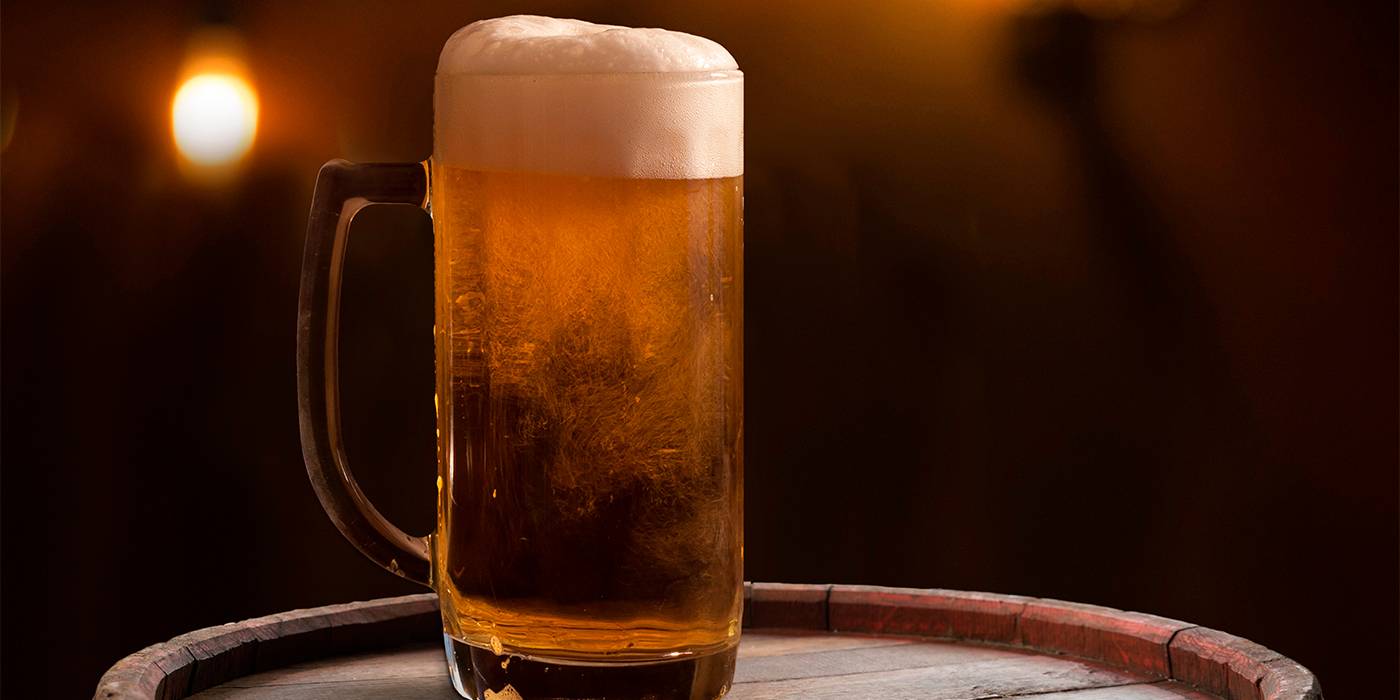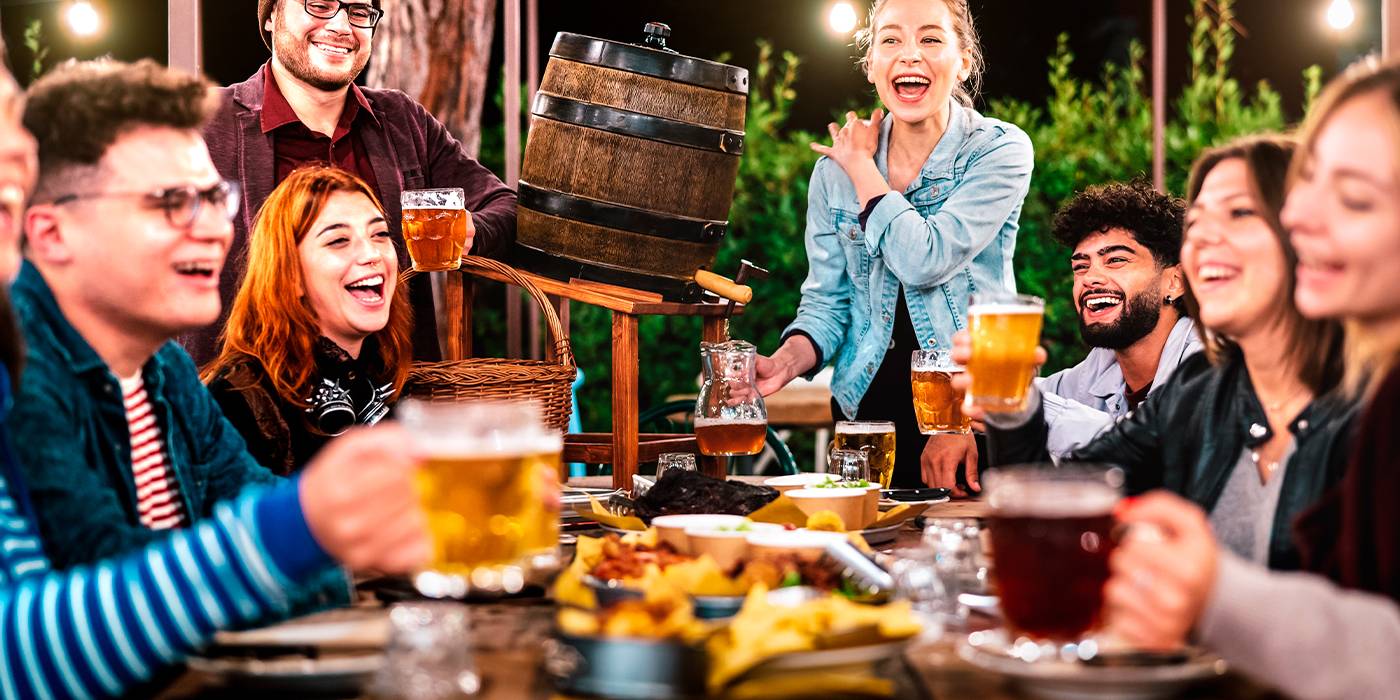Social beer: the sociological factor behind beer
Find out what a social beer is and the sociological factor behind it. Explore how beer has influenced culture and social relations.

Julio Cerezo - Beer Sommelier
Director of Sabeer Beer Academy
Despite having a millennia-old tradition of production and consumption, beer in Spain is still a relative newcomer compared to other fermented beverages like wine from a historical perspective. There is evidence that beer was brewed on the Spanish peninsula thousands of years ago, but neither during the Roman Empire nor during the centuries of Islamic occupation was beer of any great importance.
BEER, A NEWCOMER
It was with the arrival of the Habsburgs, who came from such beer-growing regions as present-day Flanders and Germany that the first written references to brewing and consuming beer appeared in Spain. During their reign throughout the 16th and 17th centuries, beer was widely consumed at court, a drink much to the taste of these monarchs and the advisors who came with them. This beer was accepted with greater or lesser fervour by the local nobles who needed royal treatment and favour, but the common people kept wine as their staple drink.
With the arrival of the Bourbons in the 18th century, beer’s social influence was further reduced, and its consumption was restricted to a few diplomats and foreign merchants living in the country. It was at the end of the 19th century when breweries, with the help of new technologies and the improvement of transport infrastructures, began an expansion that gradually brought this drink to the citizens. First to those in large urban centres and later to those in more rural areas, until it surpassed wine in terms of sales volume during the last decades of the 20th century.

Since then, beer in Spain has become more than just a drink, turning into what some call a 'social lubricant', a part of almost every type of meeting, from family gatherings to professional occasions. Beer is present in all kinds of leisure spaces and moments, such as public festivals, concerts, sporting events and almost any other recreational activity.
So much so that we often use the phrase ‘quedar para tomar unas cervezas’ (meet for a few beers) without necessarily implying that everyone attending will choose beer over wine or a soft drink, or that the chosen venue will be a place specialising in beer with a wide selection of styles and options.
TODAY, IT’S THE MOST POPULAR GO-TO DRINK
Beer has thus become, in Spain – and much of the world – the go-to popular drink. Its moderate alcohol content, affordable price for most budgets, individual-serving packaging, and widespread distribution are likely the reasons for this.
According to conclusions from studies conducted by Cerveceros de España (the trade association representing the sector's manufacturers), beer is predominantly consumed in a social context and enjoyed with friends, family or colleagues.
It’s a moderate consumption – 58 litres per person per year – that differs from the binge drinking patterns seen in other countries. Notably, Spain has a high market share for non-alcoholic (13%), which indicates that the Spanish consumer is looking for flavour and freshness in this drink as opposed to the effects of the alcoholic content.
Lastly, we cannot ignore the substantial economic impact of beer on our society. Spain has become Europe's second-largest producer by volume, behind only Germany, and is estimated to generate almost half a million jobs throughout the value chain, from agriculture (malt and hops cultivation) to brewing, marketing and service.

What do you think about?
Share comments, opinions and tricks with the Community







